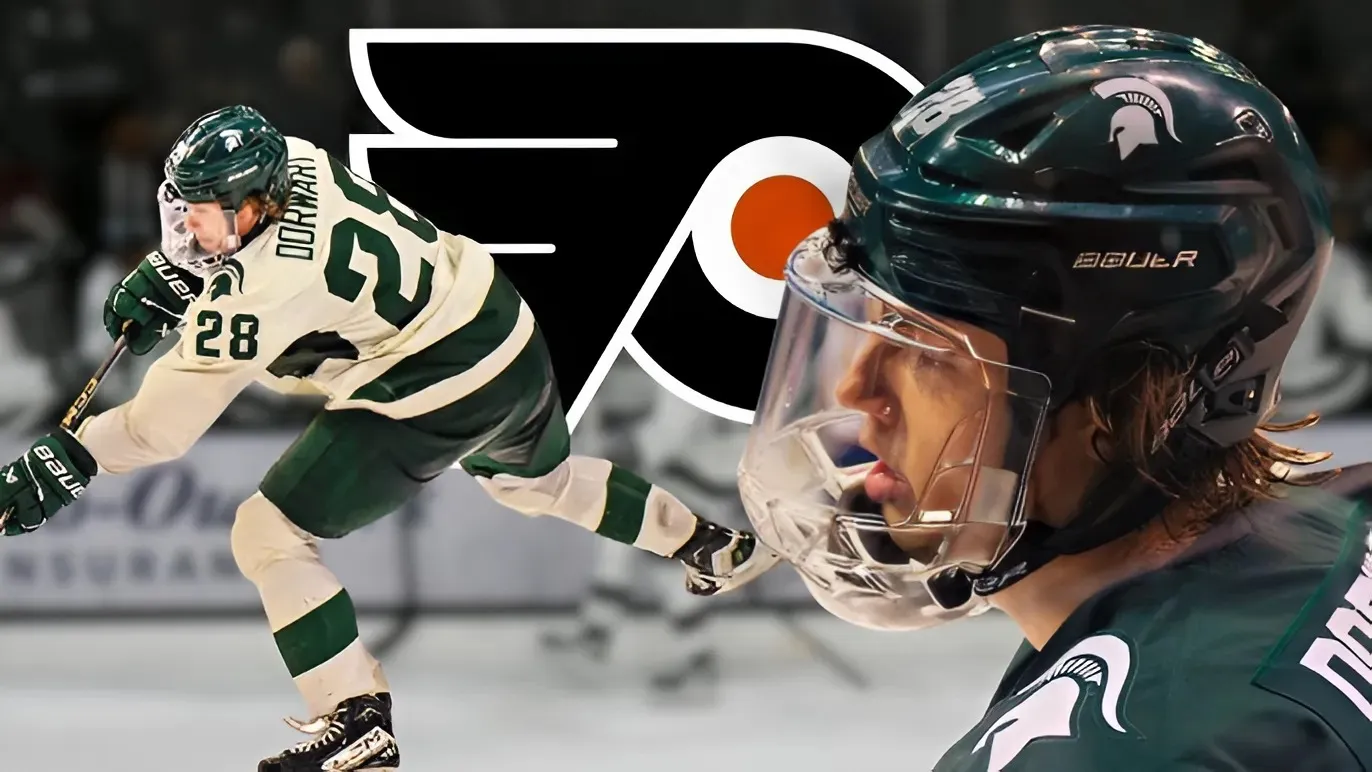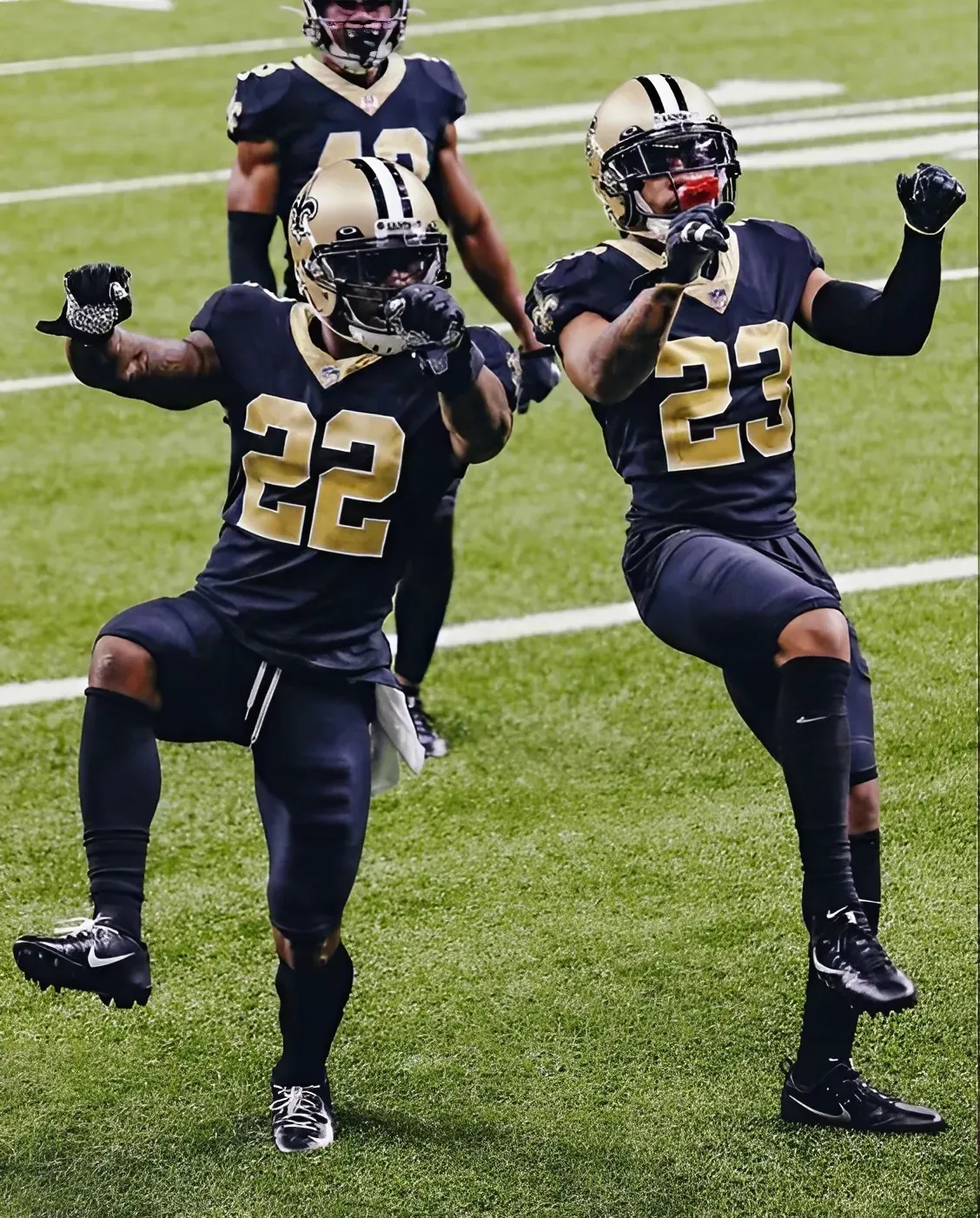
If winning cures all problems, losing brings them to the forefront. Such is life for the 2024–25 New York Rangers, whose disappointing season has devolved into a mess of drama. Things went about as poorly as possible for the Rangers, cratering to the middle of the league standings and out of the playoffs altogether.
Now with the coaching role left unfilled, it’s clear there will be change ahead. Let’s take a closer look at where the Rangers are and where they might go from here.
New York’s culture issues
As GM Chris Drury enters the search for another coaching hire, the questions around the team are swirling upwards. Drury and the culture below him are clearly not in a good spot, as evidenced by the various ongoing personnel issues on the roster. An issue that some felt has gone back for years reached a new low point this season, as players up and down the roster were frustrated, confused, or even at odds with Drury and his staff.
Clearly the negativity festered, enough that Peter Laviolette was fired. From former captain Jacob Trouba, to former top prospect Kaapo Kakko, to healthy scratch Calvin DeHaan, to struggling core players Chris Kreider and Mika Zibanejad, no corner of the roster was exempt from the storms of negativity.
To make matters worse, a concerning story around Artemi Panarin’s off ice conduct cast a darker shadow that most would rather not dwell on. There is a bigger conversation to be had on such issues, and hopefully actions to improve the future alongside. With respect to the topic of the team’s dysfunction, it is another exclamation point. The culture of the team is in shambles, and will need to be reforged, if not reimagined altogether.
There is certainly some question of whether or not Drury is the person to guide the team out of this mess. Some feel Igor Shesterkin’s contract extension was too rich, or that the trades were often not a great help to the team. When Drury became GM the Rangers were shifting towards contending, chasing veteran qualities as the finishing touches to a dynamic roster. Many controversial moves were made in this pursuit, including the trade of Pavel Buchnevich, or signings like Patrick Nemeth or Barclay Goodrow.
However, the Rangers are committing to Drury, agreeing to a multi-year extension. Drury seems to have the ear of owner James Dolan. That said, there must be some reevaluation in the approach. There must be a concerted effort to redefine the team and what it should and can be, and only so much can be changed.
The outlook on the Rangers’ future
It can be assumed that the Rangers will try to live for the moment rather than take a step back. With a number of older players forming the skeleton of their lineup, and likely without their 2026 first-round pick, there is hardly a chance that Drury will be looking to rebuild next season.
Perhaps some might feel a rebuild is needed, but as unlikely as it might be in general, missing the draft pick that would be the main reward for a losing season makes it the wrong timing.
The Rangers will need to be good next season, and any exercise in doing so revolves around improved results for current players. A new voice behind the bench will have to reinvigorate the lineup as a baseline, with a number of players coming off of down seasons. There will inevitably be some degree of roster turnover, but the quickest path back to relevance comes through better supporting the current core.
The Rangers do have elite goaltending, a sterling tandem even, with Jonathan Quick backing up Shesterkin. There is other elite talent, where Panarin, Shesterkin, and Adam Fox have been the pillars of this era. J.T. Miller could be considered amongst this group, unquestionably an addition to the centre position, as might winger Alexis Lafreniere.
The Zibanejad and Kreider situations
Figuring out what to do with Zibanejad and Kreider is huge to the future of the team. Again, the easiest solution is for both to play better, but the scars from a disappointing seasons might have soured the relationships altogether. It is quite possible that to trade either player would be costly in its own right.
As the centre, Zibanejad is the more valuable piece, though he was moved to the wing at points this past season. Kreider is the shorter and less expensive of the two contracts, though his place in the lineup is under greater question. An analysis of contribution versus cap hit will not be favourable for the duo, but regaining usefulness is vital to the Rangers success.
Both forwards have slowed down in recent years, with lower top speeds and less speed bursts. Still, both are plus skaters, so some increased effectiveness should remain possible. Zibanejad, for one, will likely have a higher shooting percentage next season. For a long while the duo made a very effective line for the Rangers, though that time might already be beyond us.
Room for younger players
Up front, a new coach should help give greater opportunities for younger forwards. The Rangers power play was lacklustre, meaning it might be time to put Lafreniere on the top unit. This would allow Lafreniere to pad his production, if not giving him more confidence, than at least making the team look better overall. After a standout playoff performance in 2023–24, Lafreniere did not carry over his production into this past regular season.
However, Lafreniere is hardly the only young forward who can help reset the team’s identity. Will Cuylle has been one of the Rangers better possession forwards the past couple seasons, and might even be able to help a player like Zibanejad to rebound next season.
Gabriel Perreault will receive a lot of the attention as a possible jolt of young scoring, though he will need to continue to improve. Brennan Othmann was not able to produce much offence this season, but should be a more effective player in 2025–26.
There are some depose cuts, as Brett Berard and Jusso Parssinen could also take steps in their developments. Adam Edstrom might deserve some love here as well. While these young NHLers are more so depth options, they can help solidify a lineup relying on a number of veterans.
Again, a new coach reinvigorating the lineup is necessary, but the Rangers have some internal options pushing for greater roles. Chemistry and synergy will be vital, but there are enough young options to help give the Rangers a chance, even prior to personnel changes. In particular Lafreniere and Cuylle are ready for more, and the Rangers desperately need them to help give the team more teeth.
Gaps in the left side defence
As far as personnel is concerned, the blueline is the blue shirts biggest issue. While Fox is still a high-end option, the Rangers are far weaker on the blueline than they have been. K’Andre Miller has drawn the ire of some fans, though he is the only other player on this blueline that would be considered a legitimate top-four option league-wide.
Though it was a tough season for Miller, he is undoubtedly the Rangers’ best left shot option. With Miller’s long time partner Trouba gone, it was a struggle to find a suitable partner. Miller, a pending RFA with arbitration rights, was often better as the defensive conscience of a pairing, alongside a partner who can handle at least half of the puck moving responsibilities. Miller and Fox have posted fantastic results together over the years, and could be an obvious change for a new coach to explore.
Unfortunately, the Rangers do not seem to possess the depth to load up a top pairing. There are a number of reasonable options who might be able handle circumstantial usage in the top-four, but only as support for a high-end partner. Carson Soucy did not have his best season, and could be a reasonable partner for Fox if he can return to form.
Elsewhere on the left side the Rangers have the recently extended Urho Vaakanainen as well as pending RFAs Zac Jones and Matthew Robertson. There might be some room for improvement from the trio of defenders in their mid 20s, but hoping for more than reasonable third pairing levels of play from any of the three is quite optimistic.
The right side isn’t better
Unfortunately, things are not much different on the right side. Behind Fox are Will Borgen and Braden Schneider, two more defensive options. While this does help fill out the penalty kill, it does not help find ideal partners for Miller or Soucy. Both Borgen and Schneider have been reasonable third pairing options, neither truly at high enough quality to be stand alone top-four options. Without a compatible high-end left shot option, Borgen and Schneider are somewhat doomed to be overmatched.
There is some hope that Schneider has more to give. A quality defence partner will be vital, particularly one who can handle the bulk of the puck moving between the two. For his part, Schneider represents one of the bigger developments for this team. While running things back with Schneider as a third pairing staple is an option, the team might be able to get more out of him with a better partner or perhaps a trade.
It does highlight the biggest need for this blueline, and perhaps for the team as a whole; a top-four, left shot, puck moving defenceman. While not impossible to acquire it will be difficult for the Rangers to identify and acquire such a player. Even reasonable facsimiles of this archetype can be temperamental, and available.
For example, Shayne Gostisbehere has been available as a free agent in seasons past, or Jakob Chychrun in the trade market last season. While imperfect, a player like Gostisbehere would be a huge upgrade to this blueline, giving Schneider or Borgen a hand to thrive in second pairing minutes. Dmitry Orlov and Ivan Provorov highlight UFAs of this profile, though chances are the Rangers will have to look deeper in the trade market for answers.
The endgame for New York
The Rangers certainly have a lot to work with next season, and they should be able to improve their point total in the 2025–26 season. With the right set of moves and some improved energy they might become a formidable playoff foe as well. On the other hand, the core of this team might not be good enough to be considered a Stanley Cup favourite.
Without much upward mobility for the core group, and with a number of key pieces entering their mid-30s, time is not on the Rangers side. The next couple seasons will be huge for the Rangers, and another disappointing season might spell the end of this era of the team. More proactive approaches might involve looking to the future this offseason, but given the circumstances this is extremely unlikely.
Instead, the approach is likely to involve adding an impact defenceman and hoping for a better performance from the forwards. At the very least the team should be able to be more focused and organized next season, which will go a long way. Their pick in the top 15 of this year’s draft might even be in play for a trade, allowing the team to maximize the potential of their veteran core.
Of course, another unlikely draft lottery win would go a long way towards doing so, as either of Matthew Schaefer or Michael Misa would improve the team in both the short and long term. As the projected top two picks, Schaefer and Misa are exactly what the Rangers need to become a legitimate contender, though highly unlikely.



-1745893207-q80.webp)